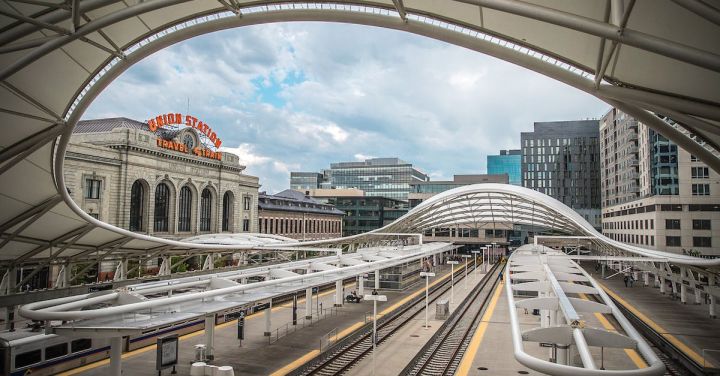Railways have played a crucial role in the development of transportation systems worldwide. Over the years, engineers have designed and constructed remarkable railway networks that have not only revolutionized travel but also left us in awe of their engineering brilliance. Let’s take a closer look at some of the most extraordinary railway engineering wonders around the world.
One of the most iconic railway engineering marvels is the Trans-Siberian Railway in Russia. Stretching over 9,000 kilometers, this railway connects Moscow with the Russian Far East and provides a vital transportation link between Europe and Asia. The construction of this mammoth project began in 1891 and involved overcoming formidable challenges, including vast terrains, freezing temperatures, and treacherous landscapes. Today, the Trans-Siberian Railway stands as a testament to human determination and ingenuity.
Moving to another part of the world, we find the Gotthard Base Tunnel in Switzerland, the world’s longest railway tunnel. This engineering wonder extends a staggering 57 kilometers beneath the Swiss Alps, connecting the cities of Erstfeld and Bodio. The construction of the tunnel required groundbreaking techniques to overcome geological obstacles, such as the unstable rock formations and high water pressures. With its innovative design and state-of-the-art technology, the Gotthard Base Tunnel has significantly reduced travel times and strengthened economic ties between Switzerland and its neighboring countries.
In China, the Qinghai-Tibet Railway stands as an extraordinary feat of engineering. Spanning over 1,956 kilometers, this railway is the highest and longest plateau railway in the world, traversing through harsh and inhospitable terrains. The construction of this railway presented a unique set of challenges, including extreme weather conditions, permafrost, and oxygen-deprived altitudes. Engineers employed innovative solutions, such as building elevated tracks and using special heat-insulating materials, to overcome these obstacles. Today, the Qinghai-Tibet Railway offers a breathtaking journey through the stunning landscapes of the Tibetan Plateau.
Moving to the United States, we find the Panama Canal Railway, a historic engineering marvel that has connected the Atlantic and Pacific Oceans since 1855. This railway provides a vital shortcut for shipping goods between the two oceans, eliminating the need for lengthy and treacherous journeys around Cape Horn. The construction of the Panama Canal Railway was a testament to human perseverance, as it involved overcoming dense jungles, steep terrains, and deadly diseases such as malaria and yellow fever. Today, this railway continues to facilitate global trade and remains an iconic symbol of human achievement.
Finally, we explore the Mumbai-Pune Expressway in India, a remarkable engineering feat that revolutionized road connectivity between two major cities. While not a railway project per se, the Mumbai-Pune Expressway is worth mentioning due to its engineering brilliance. This six-lane expressway stretches over 94 kilometers and features numerous viaducts, tunnels, and flyovers. The construction of this expressway involved overcoming challenging mountainous terrains and ensuring the safety of millions of commuters. Today, the Mumbai-Pune Expressway serves as a lifeline for the region’s economy and showcases India’s engineering prowess.
Railway engineering wonders around the world are a testament to human innovation and determination. From the Trans-Siberian Railway to the Mumbai-Pune Expressway, these remarkable projects have transformed travel and strengthened global connectivity. As engineers continue to push boundaries and overcome challenges, we can look forward to witnessing even more awe-inspiring railway engineering wonders in the future.
